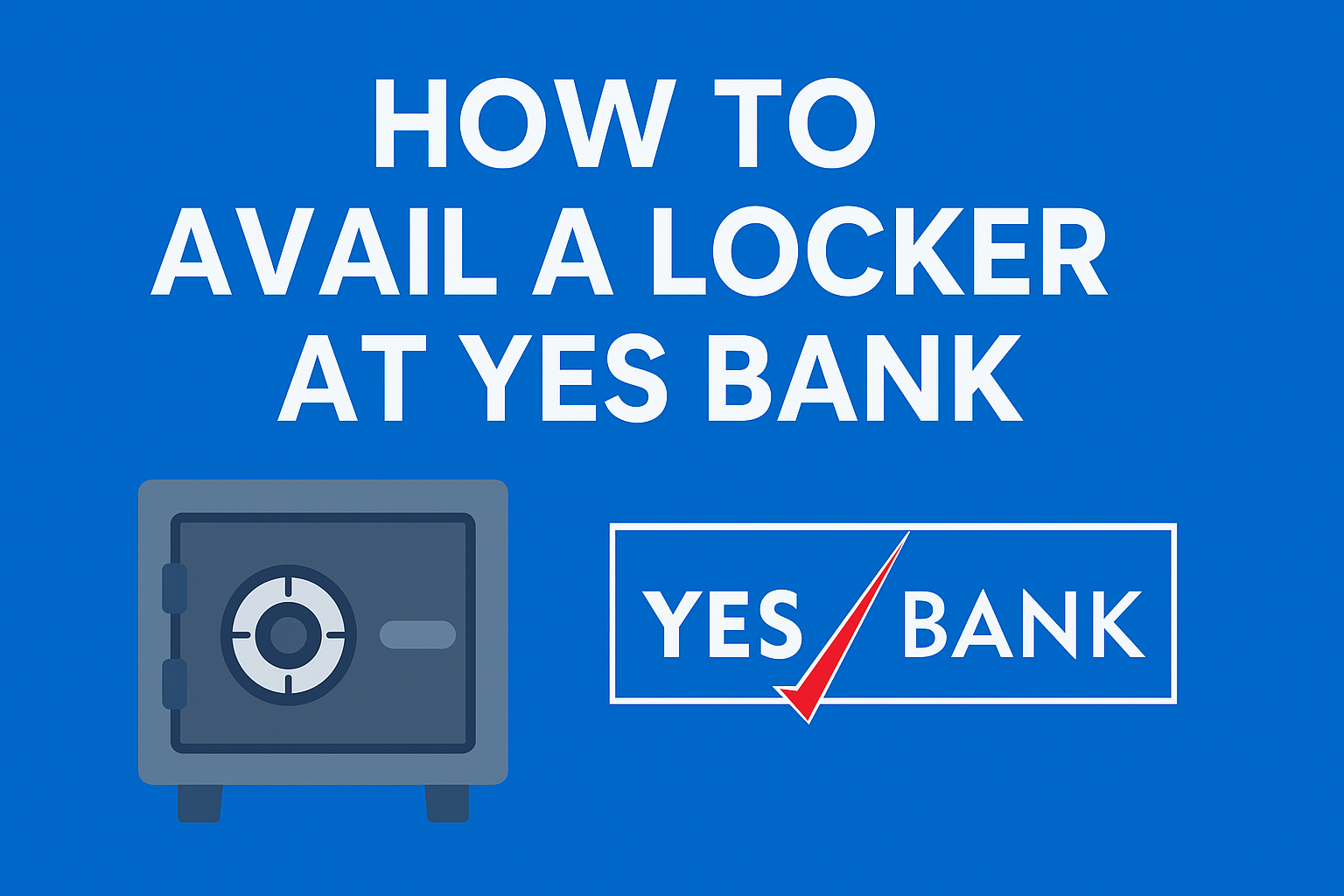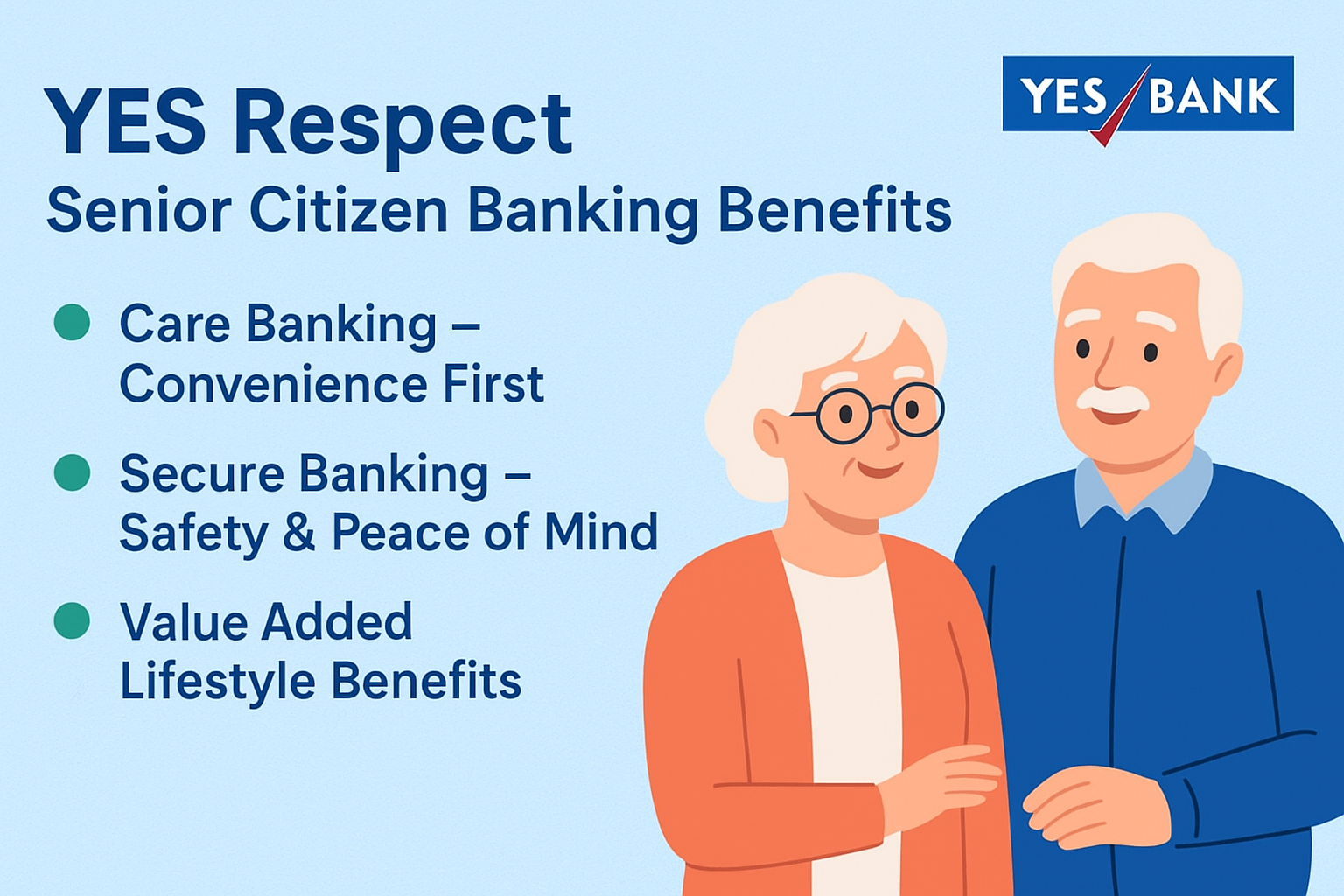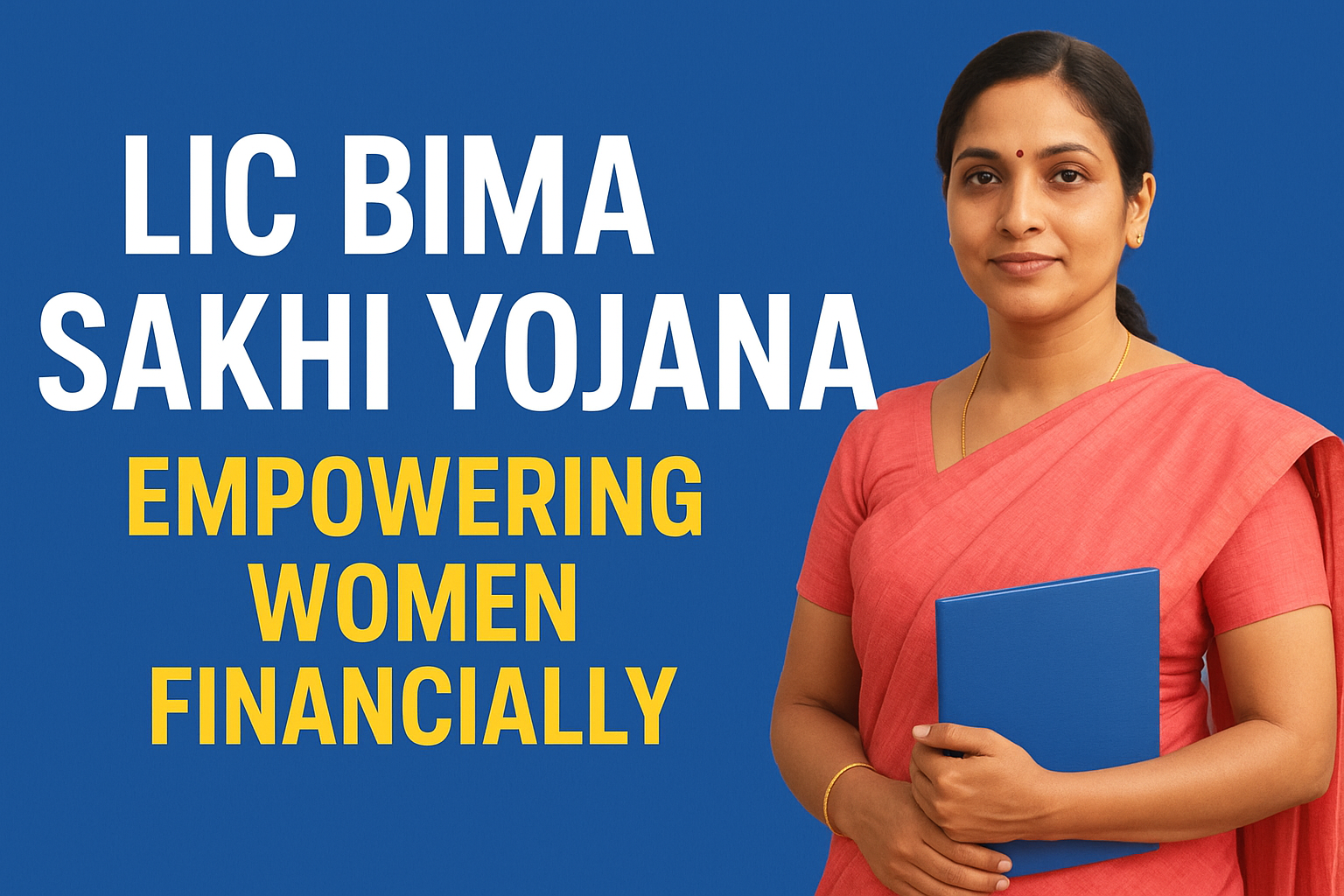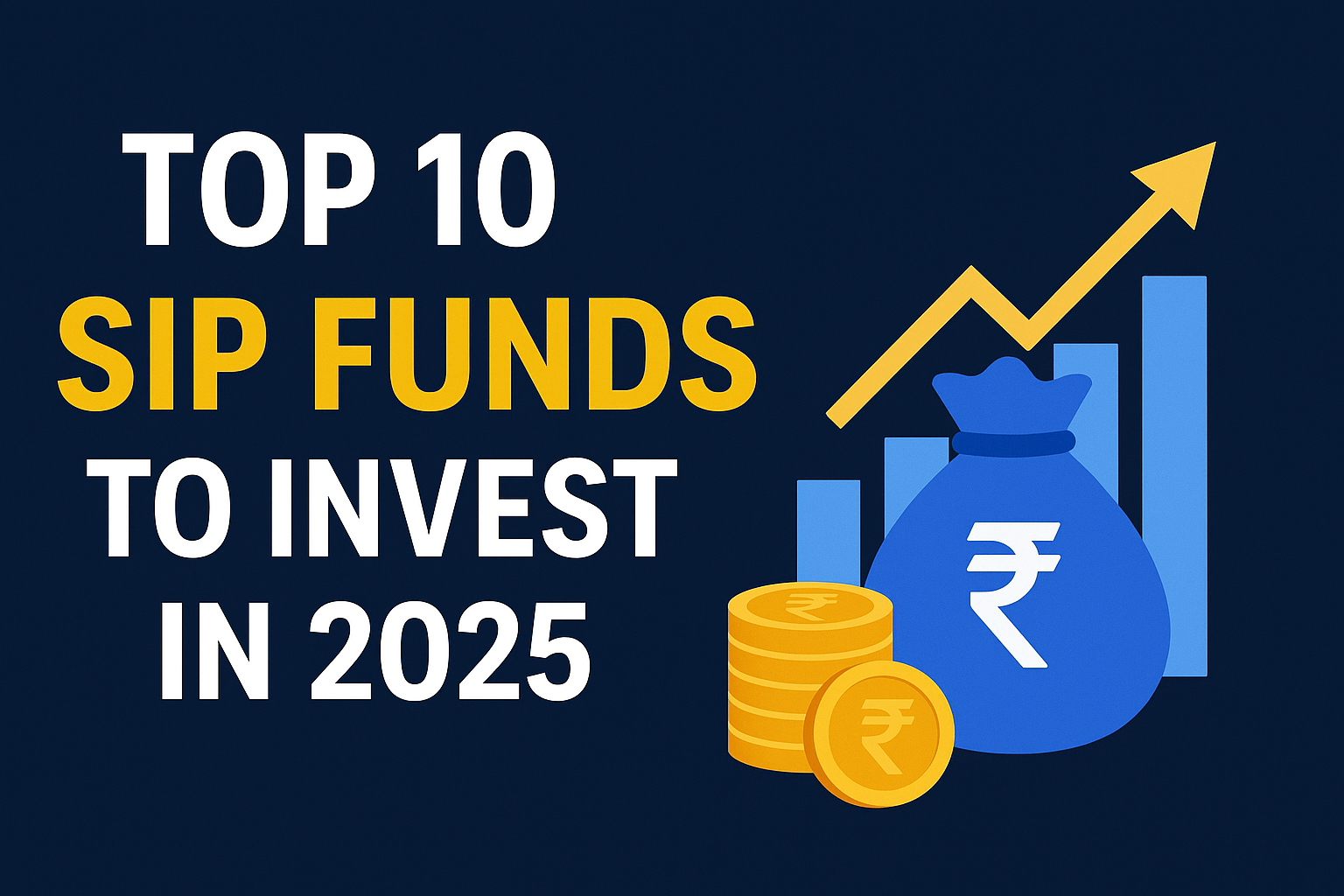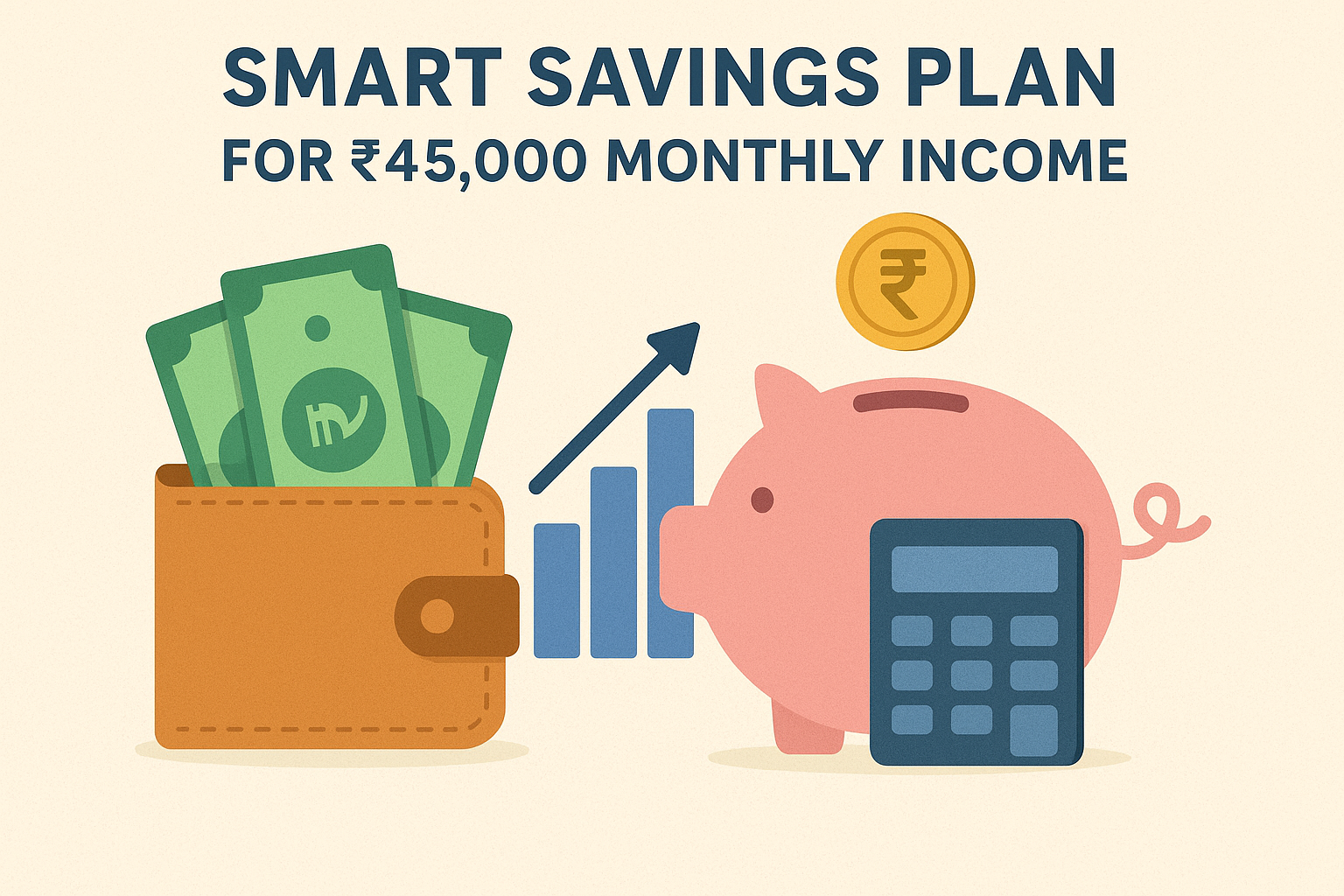Buying a house is more than just a financial decision—it’s an emotional one. For most of us, owning a home is a dream we work hard for, and taking a home loan is often the first step toward making that dream a reality. But with so many banks and financial institutions offering loans, the big question is: Where should you avail a home loan?
Let’s break it down in simple terms.
What Exactly is a Home Loan?
A home loan is money borrowed from a bank or financial institution to purchase, build, or renovate a house. The property itself works as security for the lender until you repay the loan in full. Repayment is done through EMIs (Equated Monthly Instalments), which usually stretch anywhere between 10 to 30 years.
Places You Can Get a Home Loan From
- Banks
Banks are the most common place to apply for home loans. Almost every bank—public or private—has dedicated home loan products.
Public Sector Banks (like SBI, Bank of Baroda, PNB):
Usually offer lower interest rates, longer repayment periods, and transparent terms. The process might feel a bit slower, but they’re reliable.
Private Sector Banks (like HDFC Bank, Axis Bank, ICICI Bank):
Known for faster approvals, digital services, and flexible repayment options. If you want quick processing, these can be a good choice.
- Housing Finance Companies (HFCs)
HFCs such as HDFC Ltd., LIC Housing Finance, or PNB Housing Finance are specialists in home loans. They’re a bit more flexible than banks, making them suitable if you’re a first-time buyer or don’t fit into the strict criteria set by banks.
- NBFCs (Non-Banking Financial Companies)
Companies like Bajaj Housing Finance, Aditya Birla Finance, or Tata Capital also offer home loans. They’re more relaxed about income proofs and eligibility, so people with non-traditional incomes often prefer them. The flip side is that interest rates can be slightly higher compared to banks.
- Cooperative and Regional Banks
In smaller towns and rural areas, cooperative banks or regional rural banks also provide home loans. They may not have the speed and digital convenience of bigger banks, but they do serve local borrowers effectively.
How to Choose the Right Home Loan Provider
Before jumping into any offer, compare these factors:
✅ Interest Rates – Even a 0.5% difference can make a big impact over a 20-year loan.
✅ Processing Fees & Charges – Don’t overlook hidden charges like legal fees or prepayment penalties.
✅ Loan Tenure – A longer tenure reduces EMI but increases overall interest.
✅ Eligibility Rules – Each lender checks your income, job stability, and credit score differently.
✅ Customer Service & Online Tools – A lender with a smooth digital process makes life easier.
✅ Special Discounts – Some banks offer concessions for women borrowers or first-time buyers.
Smart Tips to Get the Best Deal
Keep your credit score above 750 for better offers.
Make a higher down payment to reduce your loan burden.
Compare different lenders using home loan calculators online.
Read the loan agreement carefully before signing.
Check out government schemes like PMAY (Pradhan Mantri Awas Yojana) for subsidies.
Final Thoughts
A home loan is more than just a financial product—it’s your gateway to owning a place you can truly call your own. The right lender depends on your needs:
Choose a public sector bank if you want lower interest rates and stable terms.
Go with a private bank if you prefer speed and digital convenience.
Try HFCs or NBFCs if you want flexible eligibility or quick disbursals.
At the end of the day, always compare, research, and pick the option that aligns with your financial comfort. After all, a home loan is a long-term commitment, and making the right choice will keep your dream home journey smooth and stress-free.
